
MAH
-
Content Count
193 -
Joined
-
Last visited
-
Days Won
44
Content Type
Profiles
Forums
Gallery
Calendar
Articles
Store
Posts posted by MAH
-
-
I buy all my reels, line and most of my terminal tackle from Japanese and European online stores. I've even bought my last 4 rods from overseas. Soobz's advice is spot on.
If buying with mates, you can get the prices up to the minimum spend for shipping even on mid to lower end reels. My Ultegra FC 1000 cost $190 landed, a fair bit cheaper than $260 at BCF. I bought the reel when they were first released but now they are even cheaper, if buying with a mate, you would pay about $150 landed.
-
I have an Emeraldas LT 2500 which is supposed to hold 200m of PE 0.8. I have Platypus P8 10lb which is meant to be equivalent to PE 0.8 and I only fit about 100m. Initially it didn't bother me, but I've noticed on long casts I get a lot of drag on the line when the tide is running strong.
I've just bought some Diawa Emeraldas Durasensor PE 0.8 and it is noticeably thinner. I have no doubt I'll fit the full 200m.
-
Which one did you use? Was it one of the nude or was it clot wrapped?
-
-
23 minutes ago, yellow door 1 said:
Nice set up you have there and Rain water would be a massive bonus to any garden.
I have two raised beds and 5 ground level beds.
The raised beds are great for things like lettuce, spring onions etc.
The ground level beds a good for tomatoes, cucumbers, beans etc.
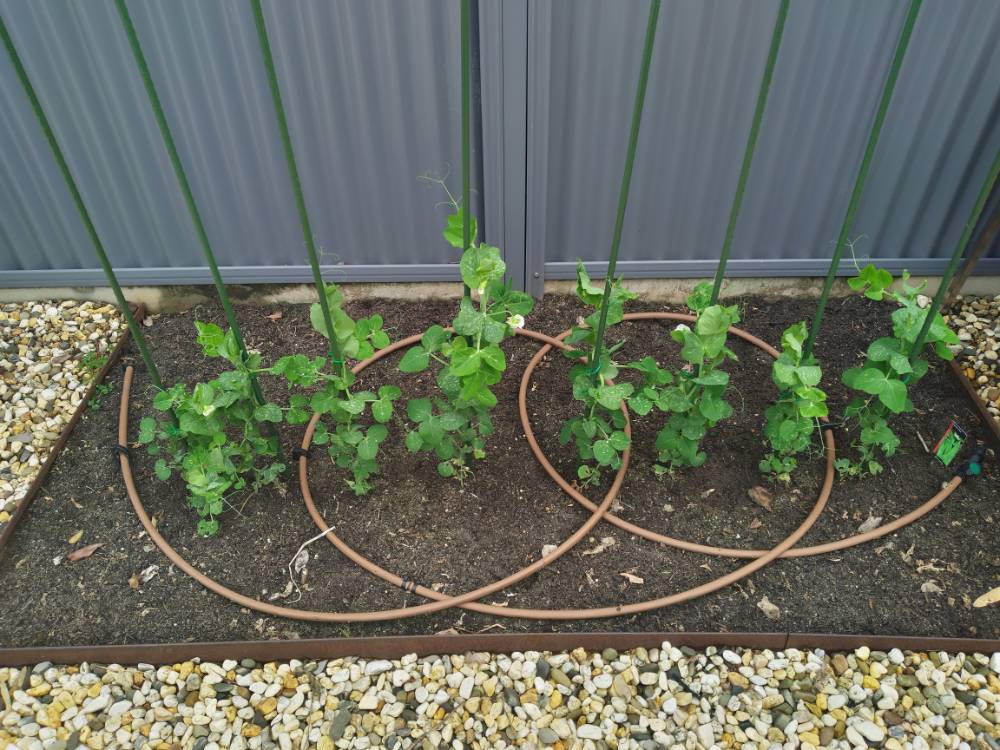
Having multiple beds means I can rotate different crops in different beds, particularly important with tomatoes. Everything is irrigated and I run it off a B-hyve irrigation controller; which is wifi enabled, so if I'm away fishing for several days and the weather changes, I can login via my phone and increase or decrease the watering as needed.
- doobie and yellow door 1
-
 2
2
-
1 hour ago, yellow door 1 said:
before I worked from home, the office had a long strip of land in the carpark, that I claimed for my self as a veggie patch.
For most of my adult life I lived in the CBD in townhouses so I didn't have a garden. Six years ago I moved to just south of the city, renovated the existing house with a bulldozer and started afresh. One of the key aspects was a big veggie garden and 2x 20 thousand liter rainwater tanks (there is no storm water runoff from the site into the local waterways).
I'm not worried about the price of lettuces!
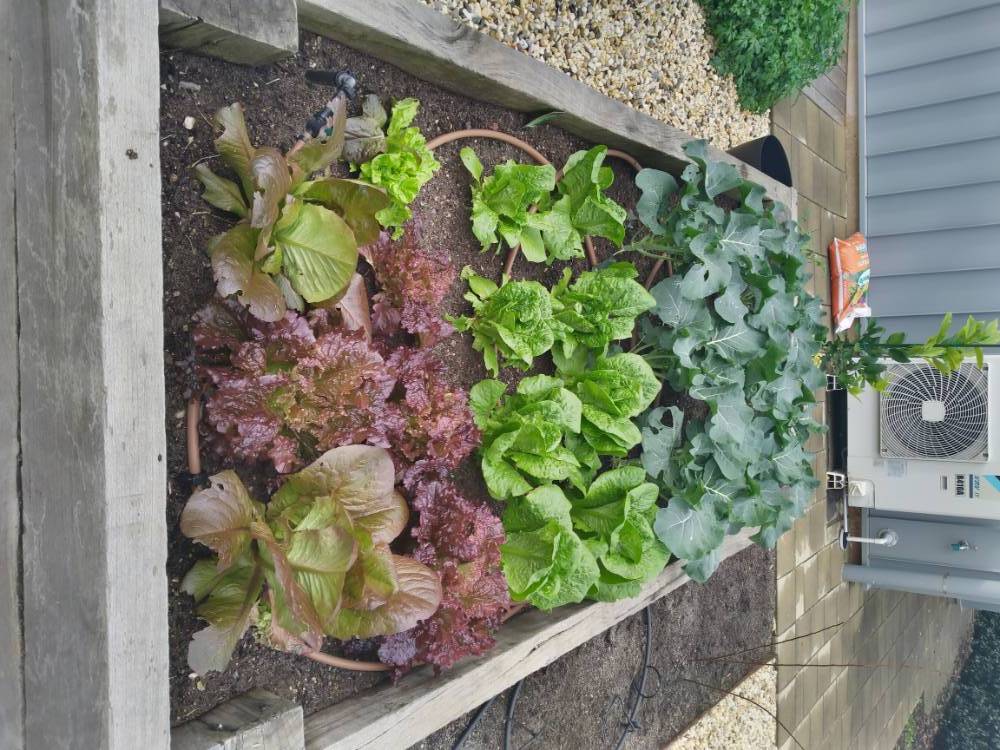
And when I'm not growing vegies, we go foraging for food.
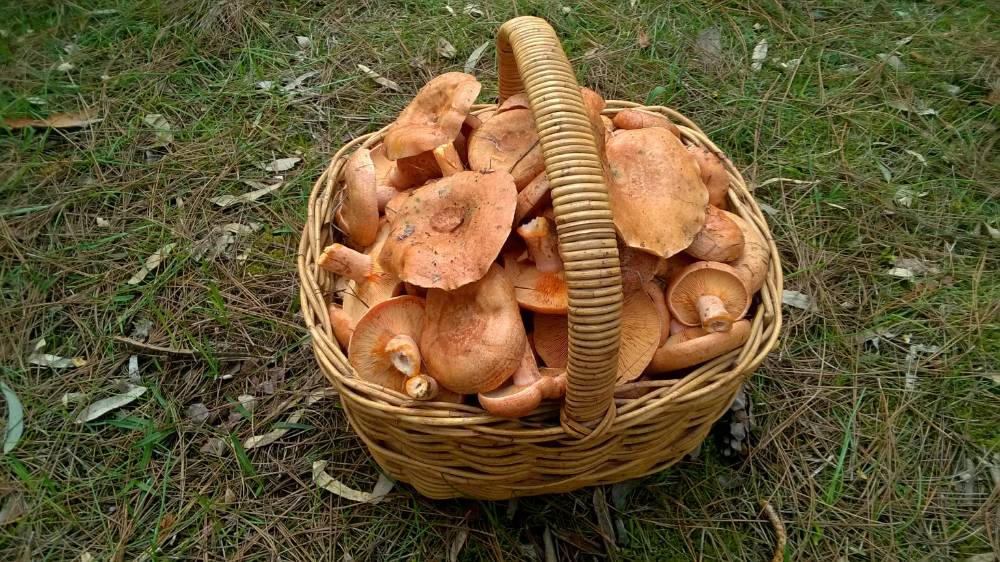
- Soobz, doobie and yellow door 1
-
 3
3
-
1 hour ago, Wert said:
even some purely to me bait stuff like cockles
I like to make spaghetti vongole (cockles). I'm sure there are plenty of places to collect the small mud cockles, but I've found them abundant at Port Vincent and Stansbury.
This year I'm going to give pickling a try with squid
-
Depends.
Tommies and garfish I sprinkle salt and pepper, then dust in flour, before frying quickly in a lightly oiled fry pan.
YFW I like to crumb in panko crumbs before shallow frying.
Crab, I like to make serve with spaghetti.
I also like to make tommies into fish cakes.
In summer, when I catch most of my fish, I have loads of home grown tomatoes, cucumber, basil, chillies etc. for the salads. I get a lot of satisfaction from serving a meal that is mainly made from what I've grown and caught.
- Wert, Territory Lad, yellow door 1 and 4 others
-
 7
7
-
7 hours ago, yellow door 1 said:
Yeah my braid shopping is all online these days - and I tend to buy bulk spools and break them up into 100m top shots to stretch the dollars a bit further.
So all my spooling is done at home - the lengths Ill go to, to save a few bucks, sometimes doesnt even make sense to me .
.
Makes sense to me. If you have only one or two reels it may not be worth it, but I have 6 reels and use 3 different diameter/strength lines. If I save $10 per reel it's worth the effort.
-
52 minutes ago, Wert said:
Interesting indeed, for the record I too mainly go mainline to swivel with snap (not a snap swivel, i like small quality rolling swivels and snaps to suit line class),
Worth a mention too, i always snood hooks and connect lures by loop or clip, while i know many knots I reckon I'd only use 5 for all my fishing being the 4 above plus the Hawaiian dropper loop.
I'm a tackle rat when it comes to swivels and snaps, with a variety of size and strength and for snaps different types of closure. I use different types of snaps not just to suit line class, but also for different lures
I consider myself pretty proficient when it comes to knots, but also only use a few knots;
- line to leader - slim beauty
- loop at end of leader - perfection loop
- loop in the line/dropper loop - surgeons knot
- loop at end of hook length - surgeons knot
- hook length to hook - snell knot
- leader to terminal tackle such as lure clip - trilene knot
These are all easy knots that I can tie with confidence.
-
2 hours ago, Rybak said:
..I do mainline - swivel - leader....and any other attachments to the leader itself..
How much line do you have out when casting?
I like to cast with minimal line out, which is probably the main reason I tie the leader to the line, so I can wind it through the guides.
With float rigs and paternoster rigs I end up with quite a bit of line out, just because these rigs can be quite long; but with squid jigs, soft plastics and other lures, I would only have about 20cm of line out from the top guide.
-
54 minutes ago, Rybak said:
Interesting to read that many tie leaders to the main line. So what stops line twist & kinking??. Bait & sinkers will almost always turn in the water with the current as do lures...I might be old school but always use a swivel appropriate to the type of fishing I'm doing. Just wondering ??
Depends
Squid - mainline - leader - snap swivel - squid jig
Paddle tail soft plastic - mainline - leader - Mustad Fastach Clip - jighead or cheb rig OR if using a Texas rig I tie directly to the hook and don't use any clip
YFW - mainline - leader - bean sinker - snap swivel - hook length - hook
Garfish - mainline - leader - snap swivel - float rig
Except for YFW, I rarely bottom fish, when I do it's mainline - leader - snap swivel patenoster rig
-
I keep a pair of hemostats with me when fishing to remove hooks, crimp split shot etc. They are also handy for tying knots like the blood knot. You can also use them to tie the surgeons knot for line to leader connections.
-
I have some old braid and mono that I keep to practice knots with and while trying the knots mentioned in this thread, I also decided to tie a couple of line to leaders using the surgeons knot. I tied a few 3 turn and few 6 turn knots. I forgot what a good knot this is. Very quick and easy to tie, which raises the issue of repeatability. The best knot is often the knot "you" can repeatedly tie correctly. This is why the surgeons knot is such a good line to leader knot. If you can tie an overhand knot, you can tie a reliable surgeons knot.
-
On 24/05/2022 at 9:45 AM, Rob62 said:
I've practiced this knot a couple of times today and I'm very impressed.
I normally don't like line to leader knots that include a bend in the leader, because I don't like how the line goes through the guides when casting, especially micro guide. I like the tag of the leader going in the same direction as the leader. But with the Yucatan I was able to trim the leader tag super close, so it shouldn't an issue when casting.
-
15 hours ago, Kelvin said:
I also like the Kaneit knot with 20lb to 50lb leader.
This looks like a uni to uni knot to me. The first part where they tie a double overhand in the leader and thread the main line through is a uni knot. The second part where they make a loop in the main line against the leader and wrap the tag end around the leader is also a uni knot.
-
15 hours ago, Kelvin said:
If you find the FG too tricky, then the slim beauty is abit easier.
I don't fish much using heavy leaders and have found the slim beauty a great knot. I find the FG knot, when setting the knot, requires you to put the leader under too much strain for light line. The FG knot is completely dependent upon the braid biting into the leader material, which is why you need to put a lot of tension on the lines when setting the knot. Knots like the slim beauty, don't need to bite into the line, because you are wrapping two knots around the lines (a uni knot and variation on a clinch knot) which then are pulled up against each other and can't slide past each other (similar to using a stopper knot).
When tying the slim beauty I don't start like most videos show. In most videos, they say tie a double overhand knot leader, tighten until a figure eight forms and thread the main line through. But if you look at the resulting knot, it's just a 2 turn uni knot. So I tie a 2 turn uni knot. This video demonstrates this nicely (from 1:32 to 2:52).
-
Closure time: 14 May 2022 to 13 May 2023
Closure location: Spencer Gulf
- from the Mean High Water Springs closest to 33°55’39.942”S 136°34’20.131”E (near Arno Bay) to the Mean High Water Springs closest to 33°55’39.942”S 137°37’14.527”E (Wallaroo Jetty).
https://www.pir.sa.gov.au/fishing/closures_and_aquatic_reserves/fishing_closures#toc5
-
I love squid fishing and mainly fish land based, but also get out in the kayak.
As others have mentioned, structure is the key for squid (and basically all fish). If there is a sandy bottom, there is little chance of squid. Wert is spot on, seagrass, reefy bottom, rocky shoreline are the places to fish. For metro spots, you can certainly catch squid at OH. Most people fish the channel/northern side of the OH rockwall, but if fishing the southern side for something like garfish, it's always worth having a jig on hand as you get squid cruising along rockwall face (just not as many).
For metro jetties, Brighton is the most prolific, but also it gets packed (I personally don't like to fish Brighton jetty). Glenelg jetty also produces good catches of squid, just head to end, there is plenty of seagrass to attract squid. This is my local and in the warmer months I regularly have good catches.
I personally believe a good long rod is a key part of success when land based fishing. Most of the metro spots are heavily fished, so if you have a nice long rod and can cast a bit further than the blokes standing next to you, not only can you cover more territory each cast/retrieve, but you will be potentially dropping your jig in front of a squid that others haven't been able to reach. I use an 8'9" Daiwa Emeraldas.
Another thing to consider is the sink rate of your jigs. Squid mainly take a jig on the drop, and close to the bottom. I find I often need to add some extra weight (chin sinker) when fishing Glenelg as the tidal movement can make it hard to get the jig down deep enough. If fishing shallow areas like Marino Rocks, Point Riley or Tickera, it's worth packing some shallow sinking jigs, to give you a bit more time on the drop.
I've posted before on the topic of land based squid fishing, with info on My Squid Rig, and a couple of reports on Glenelg catches, Inkfest and Inkfest 2
-
A common principle of fishing is to try and match the hatch, or in other words, use bait that is the same or similar to the target fish diet; but considering the primary dietary components of southern garfish are seagrasses of the family Zosteraceae and planktonic amphipods, it's not really possible.
Instead, generations of fishos have used substitute baits for southern garfish including;
- maggots
- bread
- chicken
- slivers of garfish
Which bait to use seems to be a personal preference (I stick with maggots and chicken).
Maggots
Maggots are probably the most common bait used for southern garfish. Apart from the "yuk" factor at the thought of maggots, they are a great bait to have on hand, they don't, smell, they last for months in the fridge and you get a tub of approx 350 maggots for $6-$8. When fishing maggots, they also stay on the hook well and it takes quite a few bites before you need to re-bait.
Bread
Cheap! Readily available. Can be used both as bait and soaked in water for burley. If you have non-fishing partner, they will not complain about bread in the house (as opposed to a tub of maggots). Downside to bread is you need to re-bait more regularly.
Chicken
It was an old timer on Largs Pier that taught me about chicken for garfish (he also fished off the bottom, not under a float). He used chicken breast, so I have always used chicken breast. Once you have bought the chicken, put into the freezer. When you want to go fishing take it out before, let it partially defrost, so it makes easier to cut even thin slices. I like to take these slices and pat dry with paper towel, to remove as much moisture as possible (the more moisture you remove, the firm it will be and it will stay on the hook better). Next, take the slices and cut them into small slithers ready for your hooks, then put in a container with some breadcrumbs (the breadcrumbs absorb more water and add to the burley trail when fishing). Sometimes I will put some tuna oil on the slithers before adding to breadcrumbs. This is a great bait to have on hand, it's cheap, readily available, you can keep it in the freezer and not yuk out anyone else in the house.
Slivers of Garfish
I've never tried this, but I've heard good reports of taking a few slivers off the first garfish you catch and using this as bait. This is suggested as a way to mix up your bait if the garfish are being timid.
- doobie, yellow door 1, bjorn2fish and 6 others
-
 9
9
-
This information is based on the Honours thesis undertaken by Jason Earl in 2007, through Flinders University. All credit goes Jason for this knowledge.
The information is based upon samples of southern sea garfish that were collected at two locations in Gulf St. Vincent between March and July 2007. Most sampling was conducted at Port Parham, while fewer samples were also taken from Bay of Shoals, Kangaroo Island. Garfish were sampled for this study in two ways: they were purchased from commercial fishers after haul-net capture; and captured at night using dab nets. Hook and line were not used to capture the fish, as the use of foreign dietary items such as burley and bait would have disrupted the analysis of dietary composition. A total of 20 sampling events were undertaken.
The study found that the size of the mouth’s gape, the length of the beak and gut length were all proportional to fish size and these proportions are consistent over time, which does not suggest a major change in the feeding biology from juvenile stages through to adulthood.
The primary dietary components identified were seagrasses of the family Zosteraceae and planktonic amphipods.
Seagrasses were consumed in much greater volume than any other dietary item, followed by amphipods that were also consumed in high volumes. The high volumes of seagrass, may be due to the low nutritional value of seagrass and the inefficient digestion. To compensate for this, southern sea garfish may have to continually consume seagrass to maintain adequate nutrient absorption. Examining the gut contents showed the green, heavily macerated condition of the seagrass was consistently fresh throughout the entire study suggesting that rather than consuming floating detached seagrass fronds, as previously documented , the species may be grazing on live fronds. This assumption is supported by the observations of a commercial fisherman of Port Parham who regularly observed the species actively swimming through live fronds of the zosteraceaen seagrass beds in the area. If this is actually occurring it suggests that the fish are actively biting off seagrass fronds.
Other invertebrates such as polychaetes, insects and other crustaceans were a regular part of the diet, but only in smaller volumes.
Southern sea garfish appear to be selectively choosing their main dietary components, of zosteracean seagrass and amphipods.
Given the diversity of algae and different species of seagrasses distributed throughout the inter- and subtidal areas of the northern Gulf St. Vincent, the garfish that were sampled had exclusively consumed Zosteraceaen seagrasses.
Similarly, plankton tows that were done in the main sampling area at Port Parham revealed many types of hyperbenthic invertebrates available for consumption, yet the consistent consumption of large volumes of amphipods suggests that they were selected by the fish over other food.
The feeding patterns of southern sea garfish followed a strong diurnal cycle; consuming seagrass fronds during the day, to predation of hyperbenthic planktonic invertebrates during the night. The shift from seagrass, which is an unlimited, highly accessible resource, to the nocturnal consumption of invertebrates, coincided with significantly higher abundances of invertebrates in the water column during the night. Hyperbenthic invertebrate species occupy seagrass beds or the sediment during the day to avoid predation and then migrate vertically up into the water column during the night, to facilitate feeding and reproduction.
The study was conducted over autumn and winter and throughout both seasons the diets were dominated by seagrass during the day, before shifting to planktonic invertebrates during the night. Amphipods were the main invertebrates consumed during the night in both seasons while ostracods, cumaceans and nereidid polychaetes were also consumed at various stages. The most significant difference in dietary composition between seasons was the consumption of cirratulid polychaete worms during the early hours of the morning during winter. This species of worm was not apparent in the guts during autumn, but during winter was a very important component of the diet. It is not known whether the worms were excavated by the fish from the substrate or had migrated into the water column.
The feeding habits of the South Australian population of garfish are consistent with the findings for the Victorian population, however comparison between the diets of fish from Port Parham and Kangaroo Island provided some indication for regional variation. While nocturnal predation of amphipods was evident at midnight in fish captured from Port Parham, samples obtained from The Bay of Shoals, Kangaroo Island at the same time of the night contained large volumes of zosteracean seagrass and indicates the results from one area are not directly applicable to other areas where the availability of dietary components may differ.
-
This will be a series of posts about Southern Garfish (Hyporhamphus Melanochir), starting with basic information on fishing limits. Other posts will cover feeding habits and different approaches to catching these mini marlins.
This information is accurate as of 13/04/2022, please check the PIRSA website for updates.
- Minimum legal length: 23 cm measured from tip of the upper jaw to the tip of the tail.
- Personal daily bag limit: 30
- Daily boat limit when 3 or more people are fishing on board: 90
- Des, Softy, yellow door 1 and 2 others
-
 5
5
-
Wind Knots
in Line
On 03/04/2022 at 11:58 AM, Des said:I recently experienced some unexpected problems with wind knots.
It was with a line and reel combination that had previously given me a smooth trouble free run for 2 years. So I was totally taken by surprise.
You're a jinx Des. I went for a fish on Monday night, throwing soft plastics for tommies. I grabbed my Atomic Arrows Bream Surface and Stradic Ci4+ 1000. This combination has worked great for years, but on Monday night I ended up with an ugly mess of a wind knot.
This was the second time I used the reel after I had fully stripped it down for a complete service. When I got home and had a closer look, the line lay was top heavy and a bit loose.
I've stripped the line, added a shim and re-spooled. The line lay looks perfect again, so hopefully it should be fine next time.
- Des, yellow door 1 and Wert
-
 3
3
-
Monday night I decided to head out for a fish, so I packed my squid outfit and a soft plastics outfit for some tommies. I packed it into my bicycle bags and headed off to Glenelg jetty. Got to Glenelg about 7pm and fished for squid till last light, then switched over to soft plastics for tommies. No joy with the squid but plenty of tommies about for a feed and to stock up on bait for crab nets.
The jetty was pretty empty with only two other people, which was surprising because the conditions were excellent. Then about 10.30pm the wind started to pick up with increasingly strong gusts. Just after 11pm a really big gust came through and I turned to see my bicycle being blown over. All my gear was secure in the bike bags, except my box of squid jigs, which went over the edge of the jetty. There was no moon, so quite dark but with a torch I could see the box of jigs partially floating and heading out to see. Well, 10 quality jigs and the lure box sinking to the bottom was not something I was happy about, and I quickly said to myself "F*** it!", stripped off to my boxer shorts, climbed the railing and took the plunge into the inky brine. One of the other fishos shone a torch on the lure box and I swam out to get it, then back along the jetty and underneath to the opposite side to climb the ladder.
By this stage my heart my heart was pounding pretty hard, not from jumping in (I was a regular jetty jumper as a kid), not from the swim, but from the thoughts racing through my head. With no moon, it was bloody dark down in the water and the fear of the unknown lurking below certainly put me on edge as I swam back to the ladder.
Would I do it again? F*** yeah! I'm not letting $150+ of jigs and lure box get away that easy.


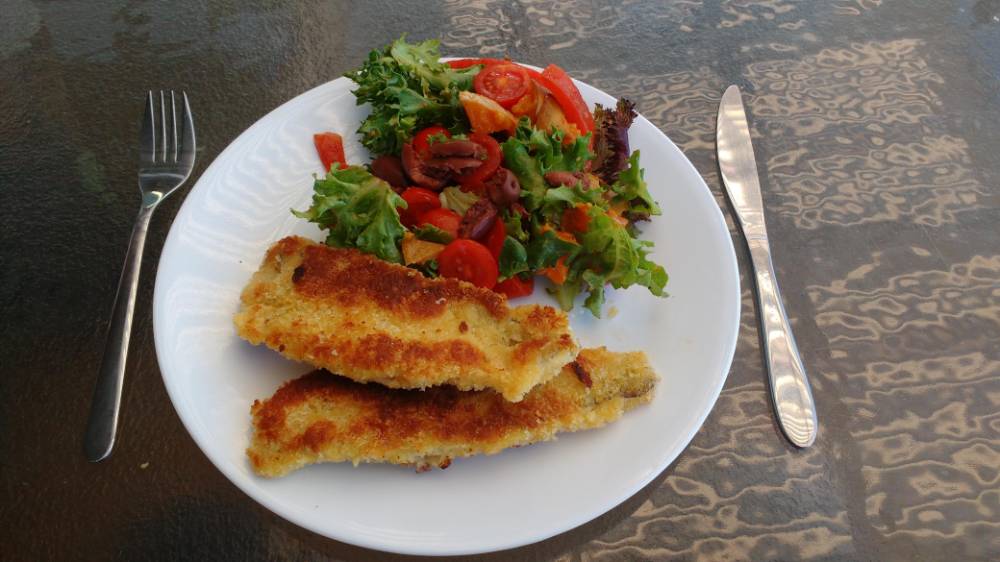
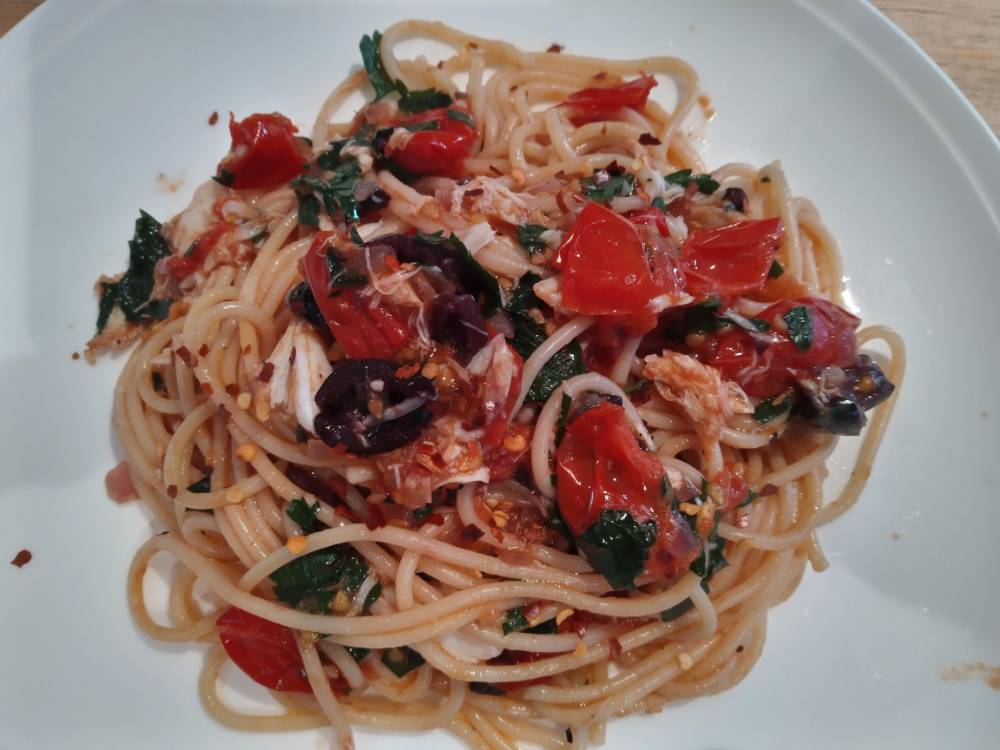
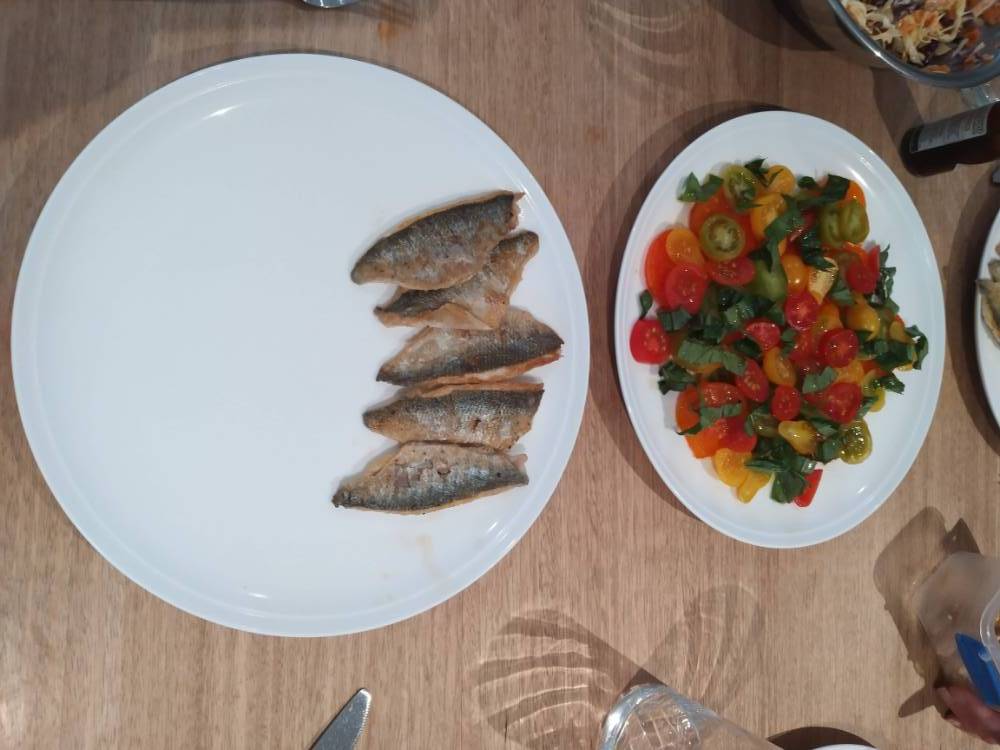

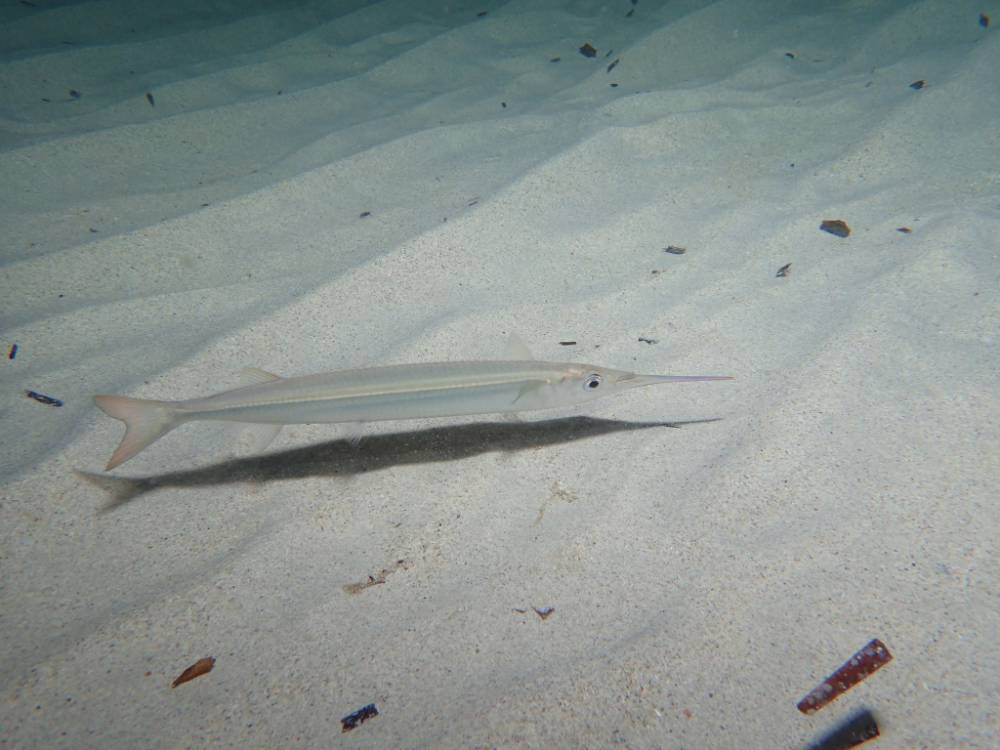
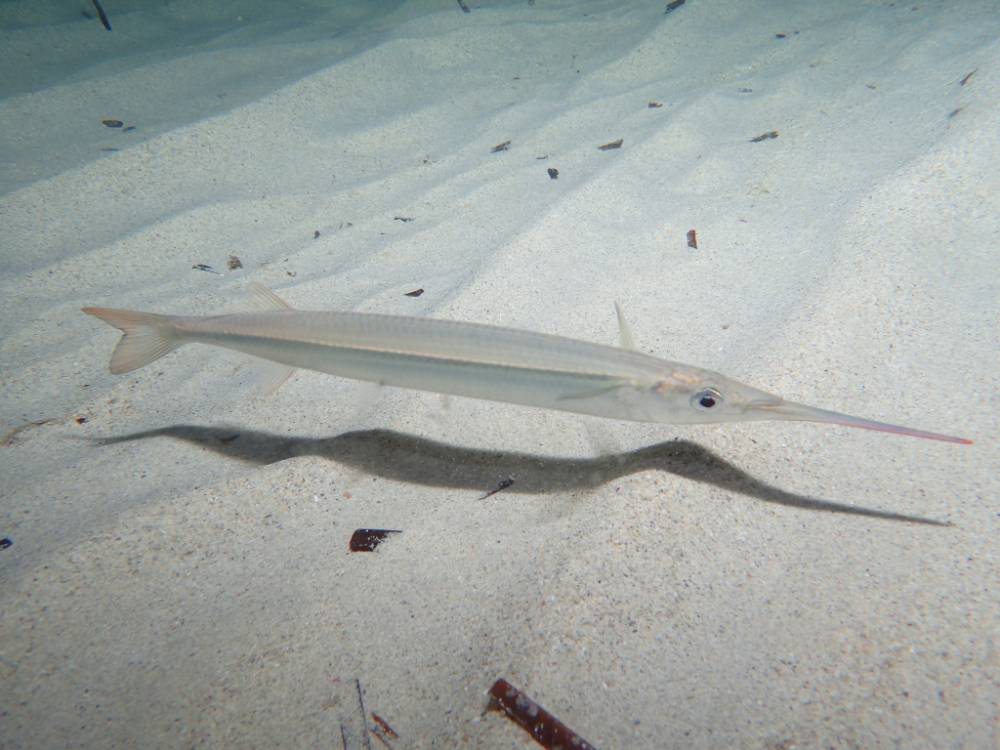
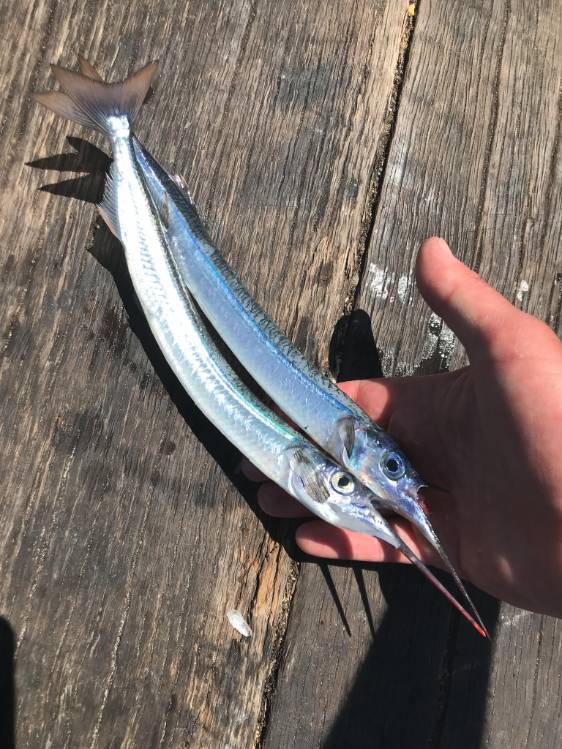

Buying JDM (now is a good time)
in How to guides and DIY projects
Posted
I've had success with https://www.pro-fishing.eu/
They don't have a big range and don't have the top end reels, but if you are after a reel like a Shimano Ultegra, you can pay about $195 landed as opposed to $260 locally. Add in a spool of Shimano Kairiki 8 for $20 and some terminal tackle, maybe a couple of lures and you have saved $100.
One of the good deals about this store is they charge a flat rate of EUR9.99.